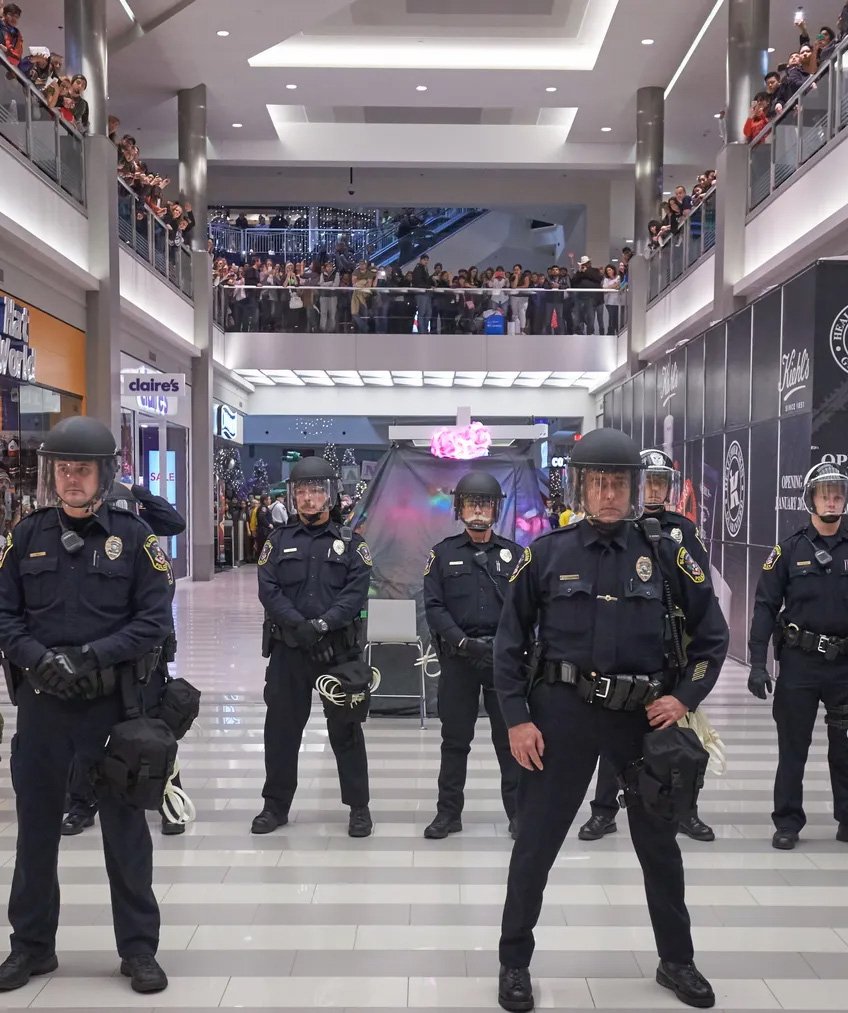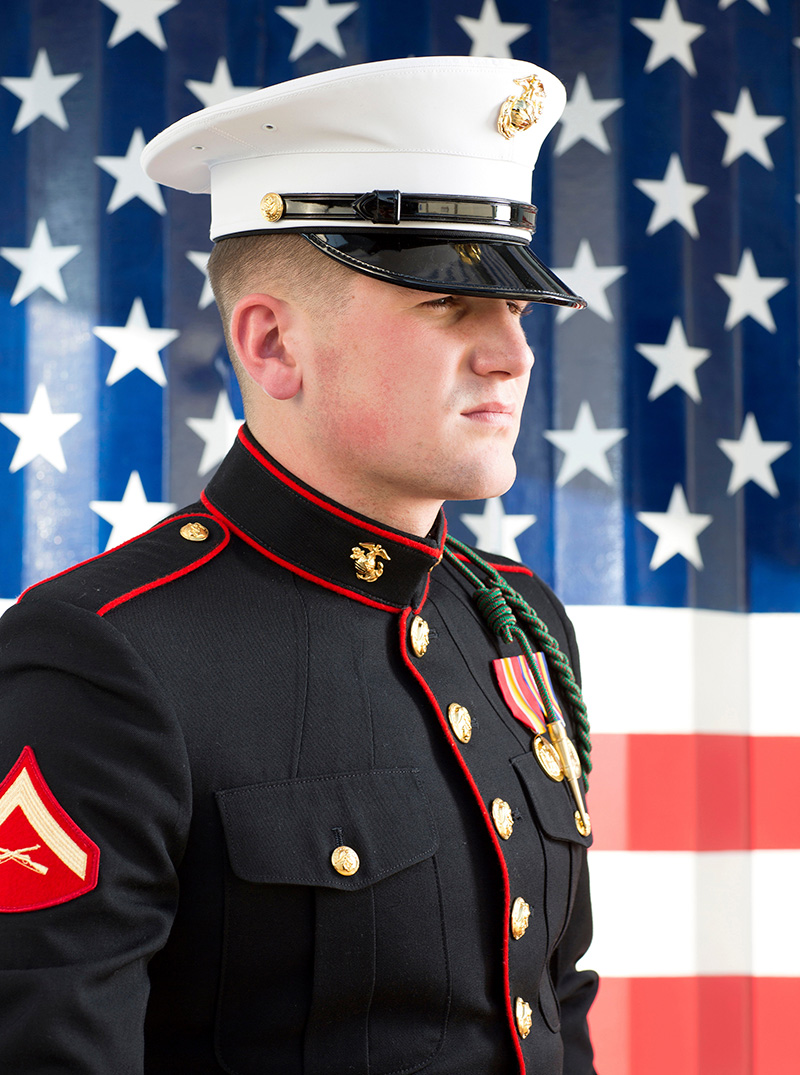Falling victim to an active shooter event is something no one wants to experience. It happens when people are going about their business…. shopping, going to school, attending a concert, worshiping at church/synagogue; and, mentally ill individual(s) decide to attack total strangers to disrupt, or end lives, as a public protest statement to whatever ignominy [imagined or real] they may have suffered. According to a “Sensei” of mine who has “been there and done that” in the world of personal protection, there are steps that can be taken to quickly analyze and respond to this horrific situation.
In “The Decision Tree” (Stephen Dileo, Conceal Carry Magazine, October 2023) the author analyzes how a mindset of planning is the best approach to preparedness against this possibility. As the conditions within the event will be constantly changing, Mr. Ayoob, Author, Trainer, Expert Witness, prescribes a top-down, methodical structure.
The Decision Tree
I can think back to a number of infamous events…the concert in Las Vegas, Nevada; the Garlic Festival in Gilroy, California; the Austin-San Antonio December 2023 shooter;…plus school incidents from Columbine to Uvalde. How is an individual supposed to react to such a comeuppance? What level of planning and preparedness will equip an individual for the greater good?
Most people don’t take the time to prepare for what they would do in an emergency like this. You may be the exception if you are reading this short blog entry. You fit into what is commonly referred to as the “sheep-dog” (guardian) archetype of your community. You have spatial awareness. You operate in condition yellow. You may have obtained your CCW to protect your loved ones. You prepare for eventualities so that you can engage what comes at you and defend innocents while taking care of yourself. As a target audience, you look for means to enhance security and improve ways to preserve the peace. The “Tree” concept employed in the analysis is to illustrate the different action branches and actions/tactics used as circumstances change.
Engaging the Perpetrator
Confrontation, or engagement: If you are protecting others, such as the members of your immediate family, the response is clear – you engage! However, even with these parameters, good training, and common sense dictate that you have reasoned through options,… such as understanding your present environment to see if making a getaway, or finding cover, is a proper course of action. Space and time options will narrow the choices to be taken right there and then. If you are in a crowd, escape options will be narrowed as panic will lead to general disarray.
If you are alone: the situation changes. You will have more options. After clearly identifying the threat: Do you have your concealed weapon available and ready? If not, is there a makeshift weapon available to you? Do you have temporary cover you can operate from? [Note: It is important to mentally plan/prepare for the ensuing panic of the situation…]. With this mindset of preparedness, the next level in the “tree” is to analyze the backdrop. This means that if you were going to discharge/use a weapon, you need to identify what can be destroyed in that direction. As a trained individual, you will need to take multiple factors into account, such as: are there people beyond the target I am trying to neutralize? Do you have an angle for a shot that will not kill innocent bystanders or damage irreplaceable property? One simple technique is to take a knee and angle the shot upwards to miss the crowd; or, shoot down toward the pelvis of the perpetrator, that way a pass-through shot is less likely to hit the kill zone of an innocent bystander. Those preliminary shots will “anchor” the shooter and allow for a follow-up shot on/near the ground to neutralize the threat. Mr. Ayoob estimates that the miss rate under such difficult circumstances can vary between 10 and 50%.
The subject of liability should always be present in your mind. Are you engaging the target responsibly? Understand that the situation will be scrutinized in a court of law before your peers (and various experts) and you will need to respond to your actions. Once you have taken action and scanned for any further threats….perform a tactical reload and holster your weapon while awaiting law enforcement’s arrival.
Police/Law Enforcement Cooperation
When the police arrive, [hopefully you have had a chance to re-holster your weapon and place it out of reach of others] promptly place/drop the weapon and raise your arms with the palms of your hands out and fingers spread. This gesture, in addition to identifying yourself clearly as a “good guy,” will do much to diffuse the first responder’s attention to neutralizing you as a criminal target. In the crowd, there may be plain-clothes security or uniformed security guards trying to figure the situation out. You will need to communicate you are not on the perpetrator’s side. Follow law enforcement’s commands clearly and without hesitation. Then, direct the officer’s attention to the perpetrator by clearly and loudly shouting who the assailant is in the situation. Mr. Ayoob states that if there is any doubt in the situation, expect law enforcement to “shoot first and ask questions later.” So, be actively looking for the arrival of law enforcement officers and listen to their commands.
Weapon’s practice
Practice with your weapon of choice. Once you are in the middle of a situation … that is not the time to be figuring out the safety or how to aim or deploy said weapon. In the decision tree, once your main weapon – your brain – comes to the realization that you need to act and deploy a martial technique, your state of readiness should include understanding what to do and how [given your weapon’s capabilities, where it hits, and how distance affects accuracy]. It is basically muscle memory at that point because you have practiced through the motions. Mr. Ayoob likes to quote “Aim small – miss small.” Prepare for accuracy through practice and understand that by aiming for the center of mass, you are likely to score a hit on target during adrenaline-infused situations. This is important if you are to be effective in neutralizing the murderer (keep him/her from pulling the trigger again) and minimizing the chance for collateral damage.
Preparation for the Moment
Learning from this “decision tree” is not for everyone. It is for the individual who loves and wants to protect their family, friends, and property and is willing to decide to be alert and armed to defend against the threat of an active shooter while in public spaces. It is for the responsible citizen who cares to keep the peace because he/she understands that law enforcement will be (in a best-case scenario) several minutes away. Modern technology affords a criminal the opportunity to murder many people in a short span of time….and, that is not acceptable in a civilized society without a deterrent counterforce. Therefore, don’t be a victim and prepare against an active shooter event.
Check Out These Videos With Massad Ayoob




It has a much better R-value for insulation than the previous exterior wall – and it looks beautiful.